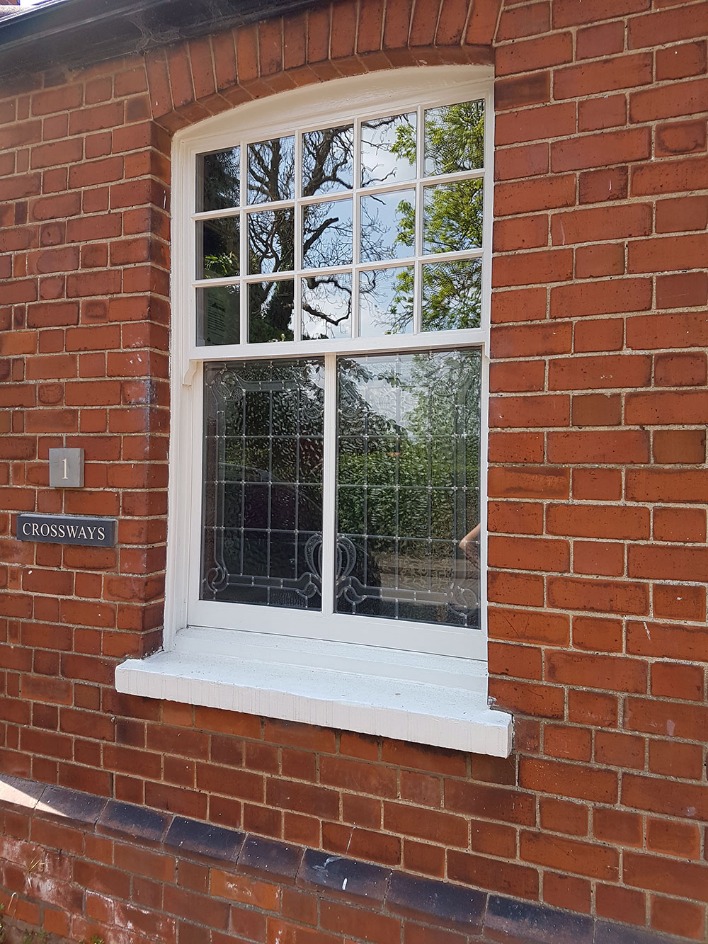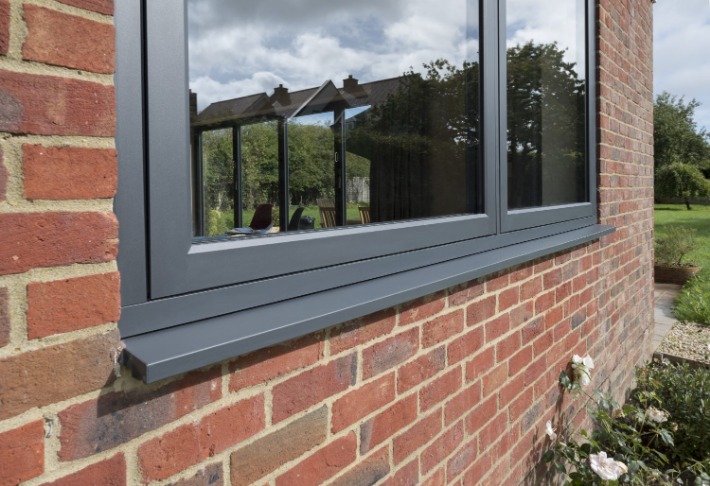The Revolution in Sustainable Construction: Energy-Efficient Roofing

As the world shifts towards a more sustainable future, the importance of energy-efficient roofing cannot be overstated. This innovative approach to construction not only benefits the environment but also reduces energy costs for homeowners and businesses alike.
The Fundamentals of Energy-Efficient Roofing
Energy-efficient roofing systems are designed to minimize energy consumption by regulating building temperatures. These roofing systems use various materials and technologies to optimize energy use and improve insulation. Key features include highly reflective materials and advanced insulation techniques.
Key Benefits of Energy-Efficient Roofing
There are numerous advantages to investing in energy-efficient roofing:
1. Reduced Energy Bills: One primary benefit is the significant reduction in energy consumption. Highly reflective roofing materials minimize the heat absorbed by the building, reducing the need for air conditioning during hot months.
2. Environmental Impact: Using energy-efficient roofing materials contributes to reducing greenhouse gas emissions, thus playing a vital role in combating climate change.
3. Enhanced Comfort: These roofs help to maintain a consistent indoor temperature, enhancing the comfort level for occupants throughout the year.
Materials Used in Energy-Efficient Roofing Systems
Read more about Energy-efficient roofing here.
Several materials have proven to be effective in constructing energy-efficient roofs:
Cool roofing materials: These include highly reflective paint, sheet coverings, or tiles designed to reflect more sunlight and absorb less heat.
Green roofs: Consisting of vegetation layers, green roofs provide natural insulation, reduce heat absorption, and improve air quality.
Insulated roofing panels: These panels incorporate an insulating core sandwiched between durable metal facings, offering superior thermal performance and sustainability.
Making the Move Toward Energy Efficiency
Implementing energy-efficient roofing requires careful planning and consideration. Here are a few steps to guide you:
1. Assess Your Needs: Evaluate the specific energy requirements and climatic conditions of your area to choose the most suitable roofing material.
2. Consult Experts: Engage with architects and roofing professionals who specialize in energy efficiency to ensure optimal results.
3. Consider Long-Term Benefits: While the initial investment may be higher, the long-term savings in energy costs and the positive environmental impact make it worthwhile.
Future Trends in Energy-Efficient Roofing
Innovations in energy-efficient roofing are continually evolving. Future trends include:
Solar-integrated roofs: Combining solar panels with energy-efficient roofing materials to maximize renewable energy use.
Advanced reflective coatings: Developing new coatings that offer enhanced reflectivity and longevity.
Smart roofing systems: Integrating IoT (Internet of Things) technology to monitor and optimize energy use in real-time.
In conclusion, energy-efficient roofing is a transformative concept in the construction industry, offering substantial economic and environmental benefits. By adopting these advanced roofing systems, we can pave the way for a more sustainable and energy-efficient future.





Leave a Reply